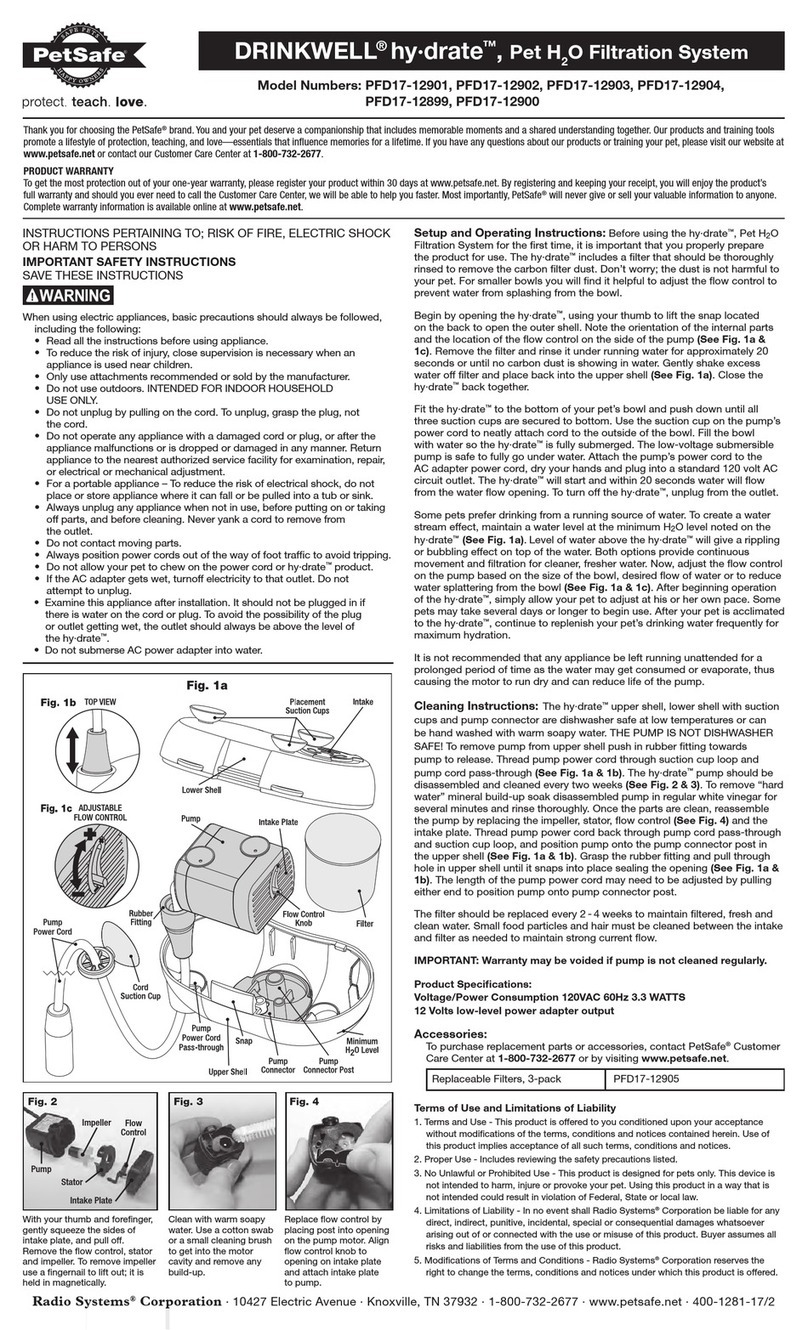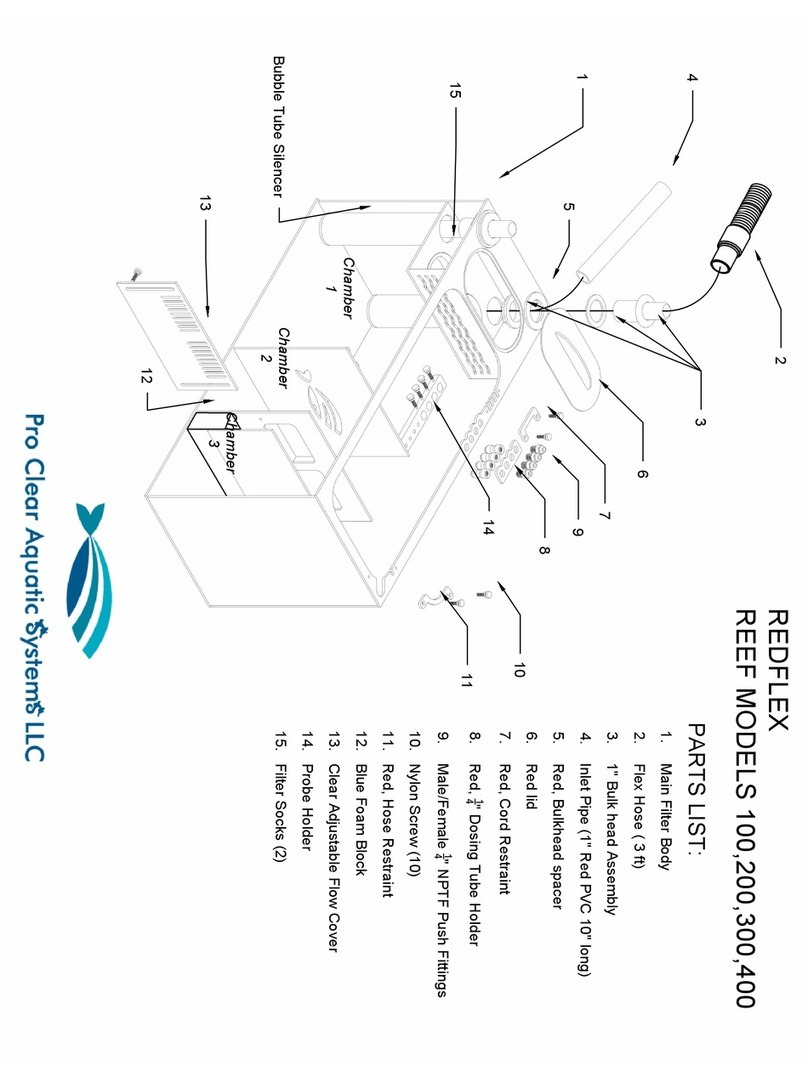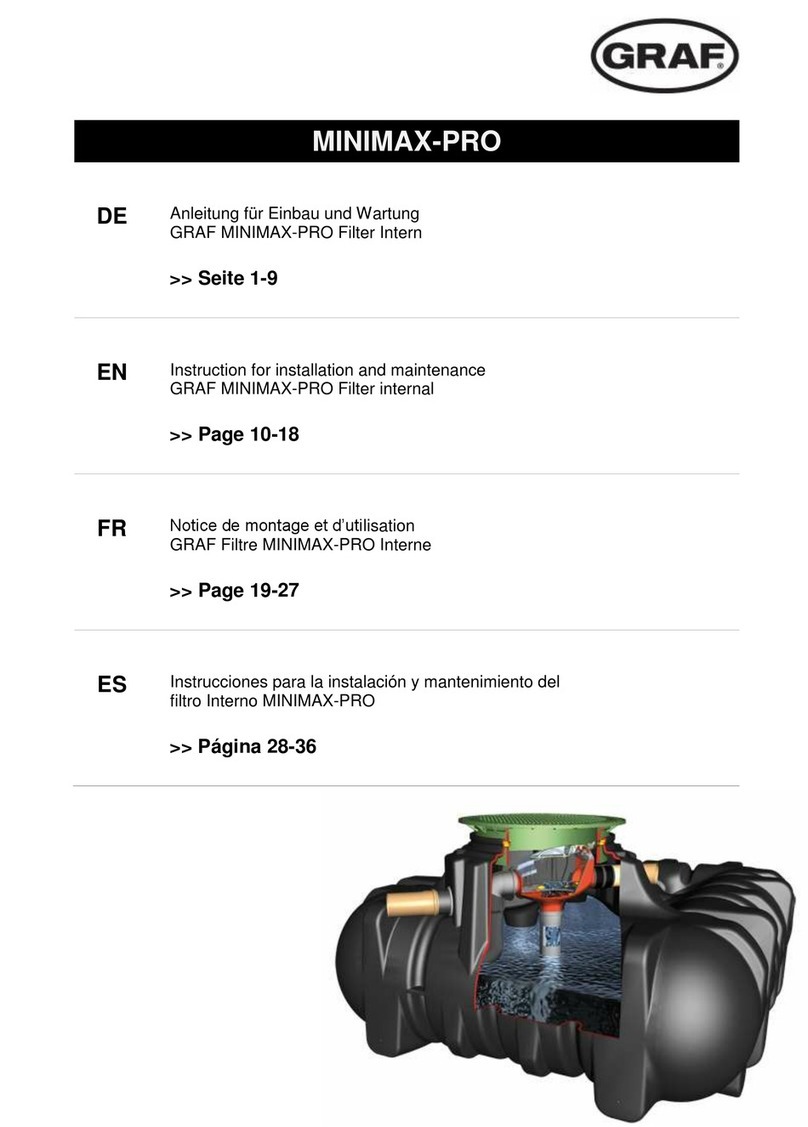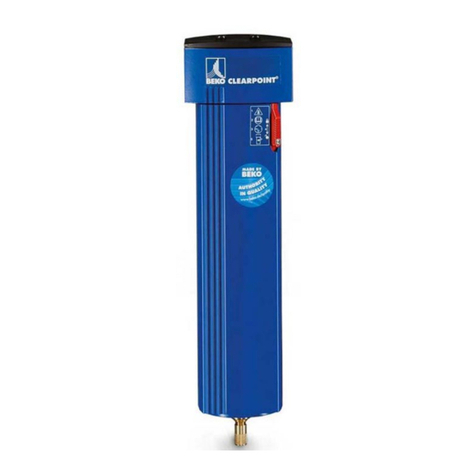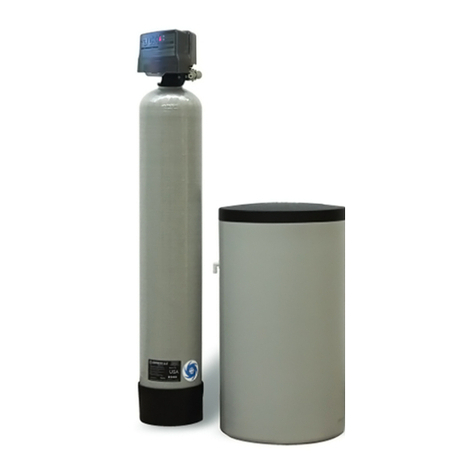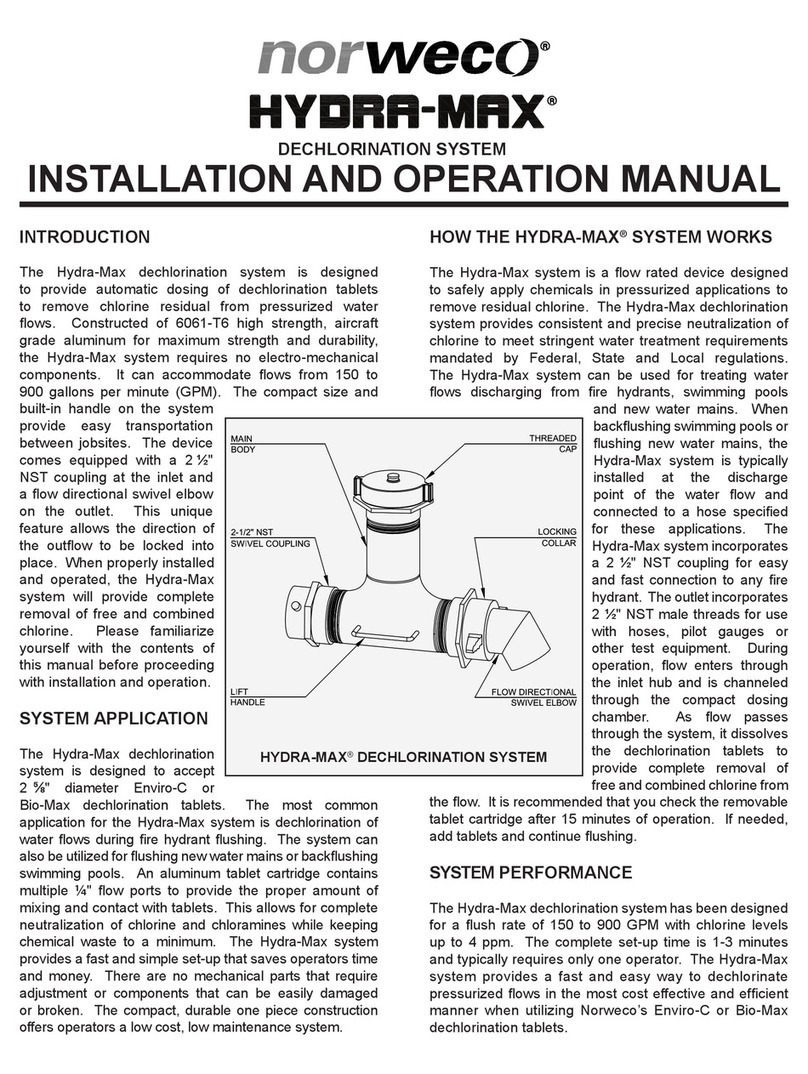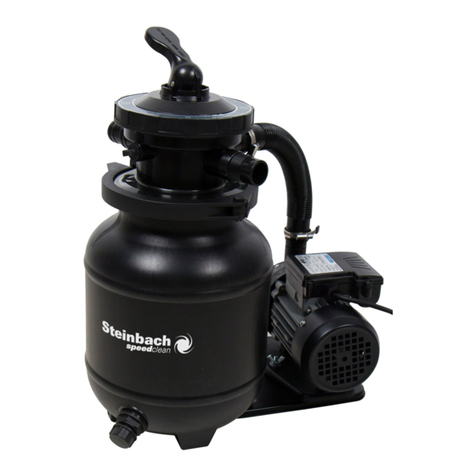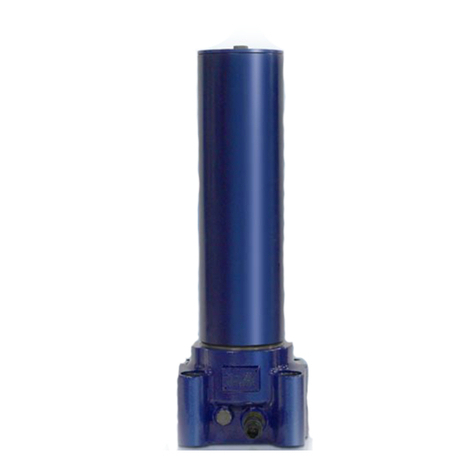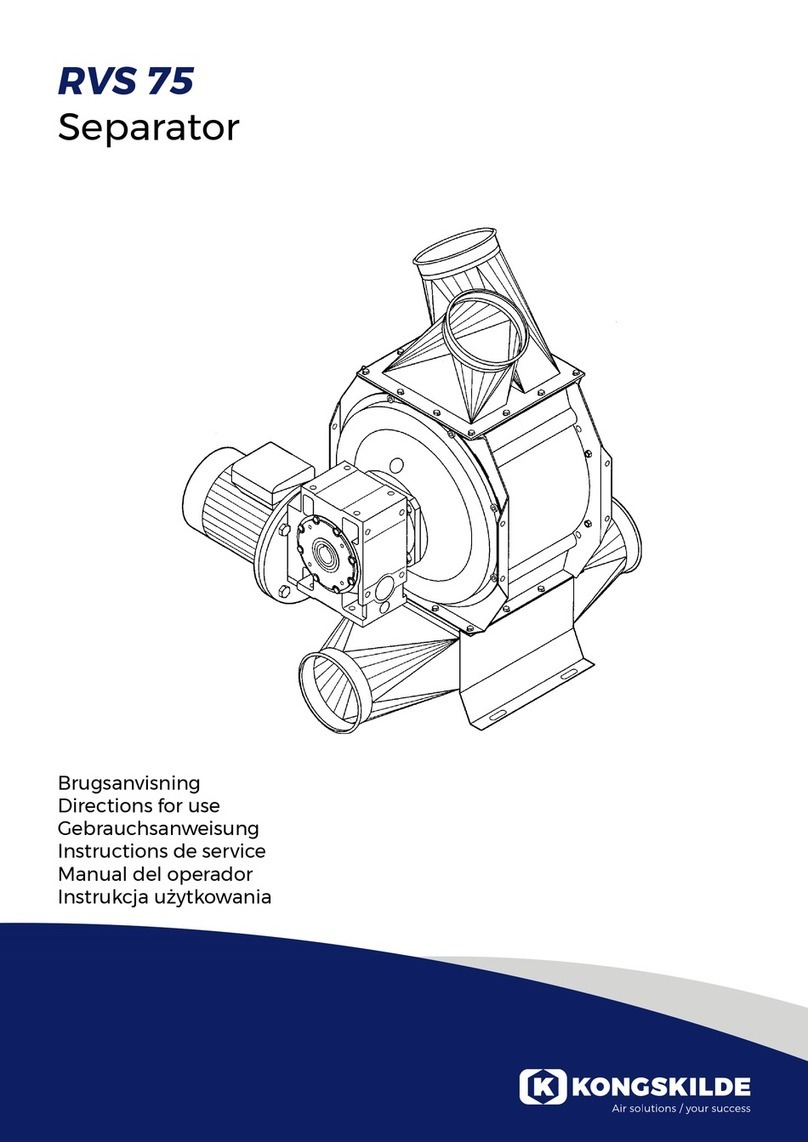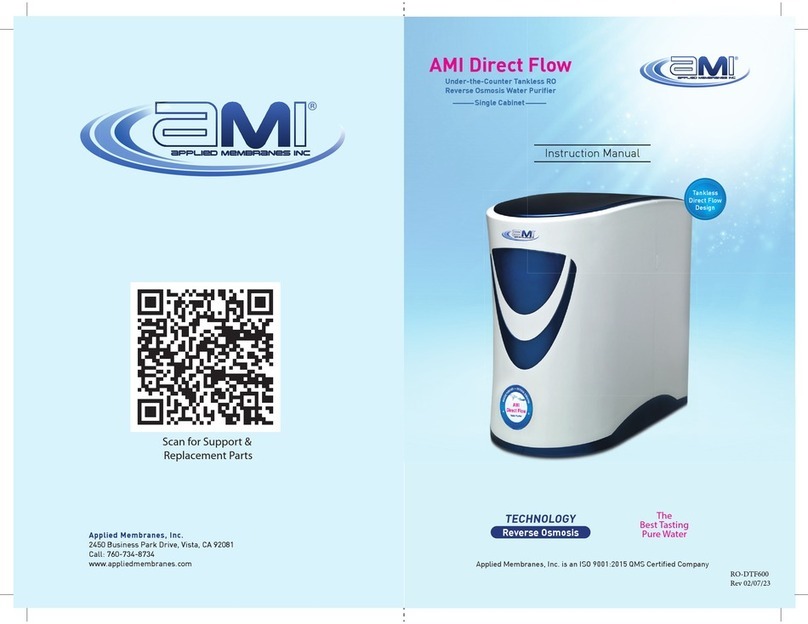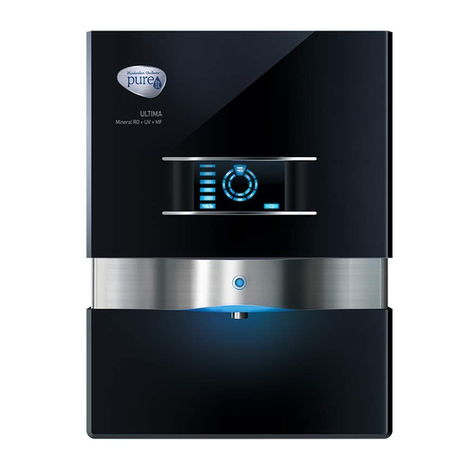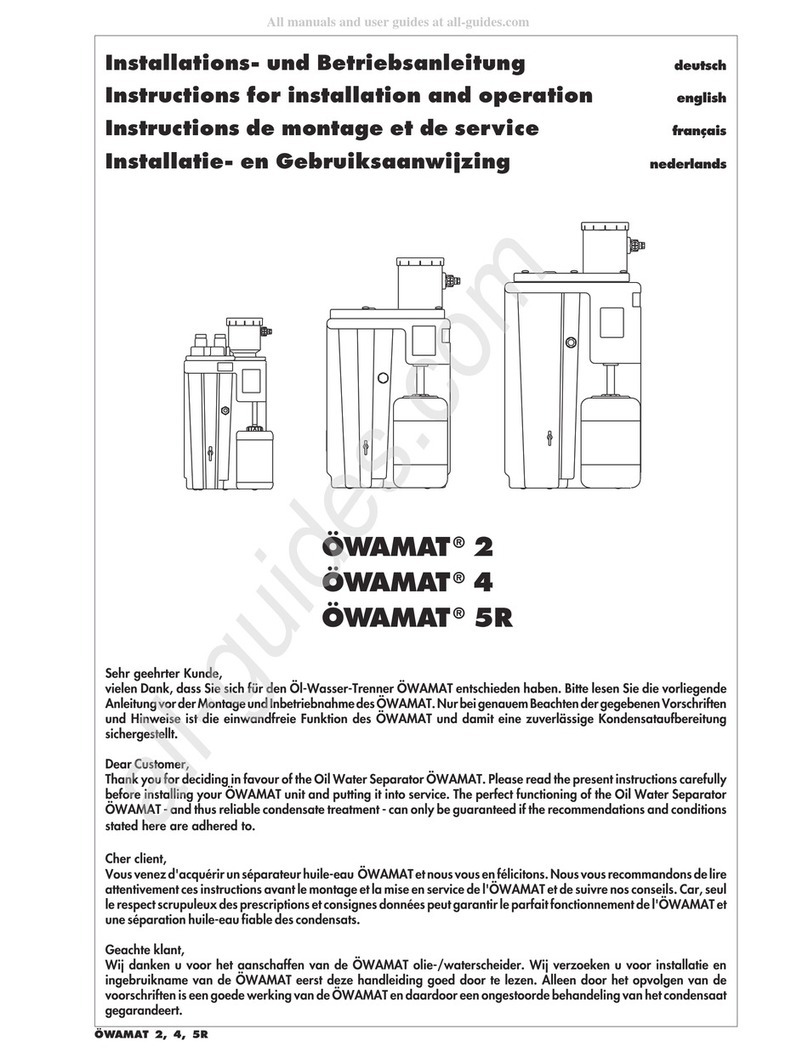▪Backwash pump
The backwash pump(s) should provide the required backwash flow with suitable allowance at
a pressure no greater than the stated backwash pressure limit.
The backwash pump should be controlled by a VFD or an equivalent device, which is linked to
the control system. This is because, similar to the feed pump, higher pressure will be required
to maintain the backwash flow as the membrane becomes increasingly fouled.
A single backwash pump may be used to service several skids as they take turns to be
backwashed. Thus, the sizing of the backwash pump is dependent on the number of modules
that are flushed at a time. The number of pumps needed is, in turn, dependent on the number
of skids and the frequency of the backwashes.
The selection of the material of the pump is also dependent on the conditions of the filtrate
water and the environment where the pump is located.
Backup/ standby backwash pumps are generally recommended, especially for large systems
or critical operations.
▪CIP pump
The material of the CIP pump should be appropriate for the chemical cleaning solutions used
and the environment in which it is operating.
Similar to the backwash pump, a single CIP pump may be used to service several skids as they
take turns to be cleaned. Thus, the sizing of the CIP pump is dependent on the number of
modules that are cleaned at a time and the recirculation flow per module.
(For the typical recirculation flow per module, refer to Section 4.8).
▪CEB pump
The material of the CEB pump should be appropriate for the chemical cleaning solutions used
and the environment in which it is operating.
▪Air equipment
Air is required for the air scouring of the membranes as well as the operation of pneumatic
equipment/ instruments (e.g. auto-vales) in the system. Thus, having a suitable and reliable
air source (e.g. air compressor) is important.
The process air should be oil and moisture-free.
Air pressure and flow control are especially critical. Pressure regulators, valve terminals, flow
control valves and indicators are required. Uncontrolled air flow/ pressure may cause module
and membrane fiber damage.
Air release valves are recommended especially, for (but not limited to) the concentrate and
filtrate lines. Improper handling of process air may lead pressure buildup within the system
that may result in module and/ or membrane damage.
▪Pre-filter
The role of the pre-filter is to protect the UF membranes from damage by large particulates.
Essentially, it is a guard filter.
The pore size ratings required for a typical UF system and its operation range from 50 –200
microns, depending on the feed water constituents.
▪Control system
For most cases, the operation of the UF system is largely automated. As such, a suitable control
system (typically a Programmable Logic Control or PLC system) and an appropriate user
interface are required.




















